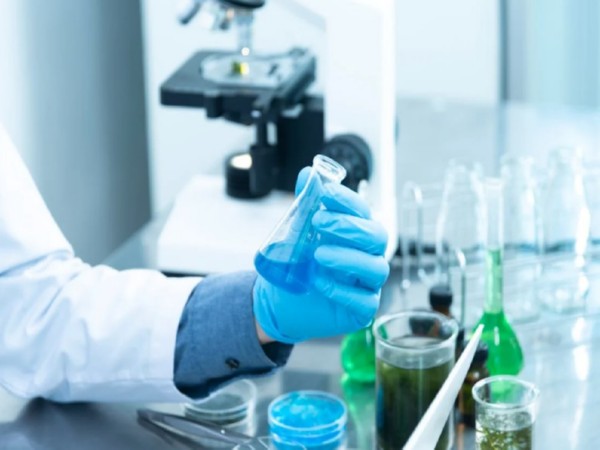Breakthrough Hydrogel Paves Path for Self-Healing Artificial Skin
Researchers at Aalto University and University of Bayreuth have developed a groundbreaking hydrogel that mimics human skin's stiffness and self-healing properties. This innovative material uses clay nanosheets and polymers, potentially revolutionizing applications in drug delivery, wound healing, robotics, and synthetic tissues.

- Country:
- Finland
In a significant leap forward, scientists from Aalto University and the University of Bayreuth have created an innovative hydrogel that unites the stiffness and self-healing properties of human skin, a breakthrough that could transform fields ranging from medicine to robotics.
This new hydrogel, derived from blending large, ultra-thin clay nanosheets with polymers, achieves an organized structure that enhances mechanical strength and healing capabilities. Researchers used a method similar to setting gel nail polish, utilizing UV light to bond molecules into an elastic solid.
The entangled polymer networks allow the hydrogel to recover from damage rapidly, healing up to 90% in just four hours. With potential applications in self-repairing robotics and synthetic tissues, these findings may redefine material science, offering bio-inspired solutions to longstanding challenges.
(With inputs from agencies.)










